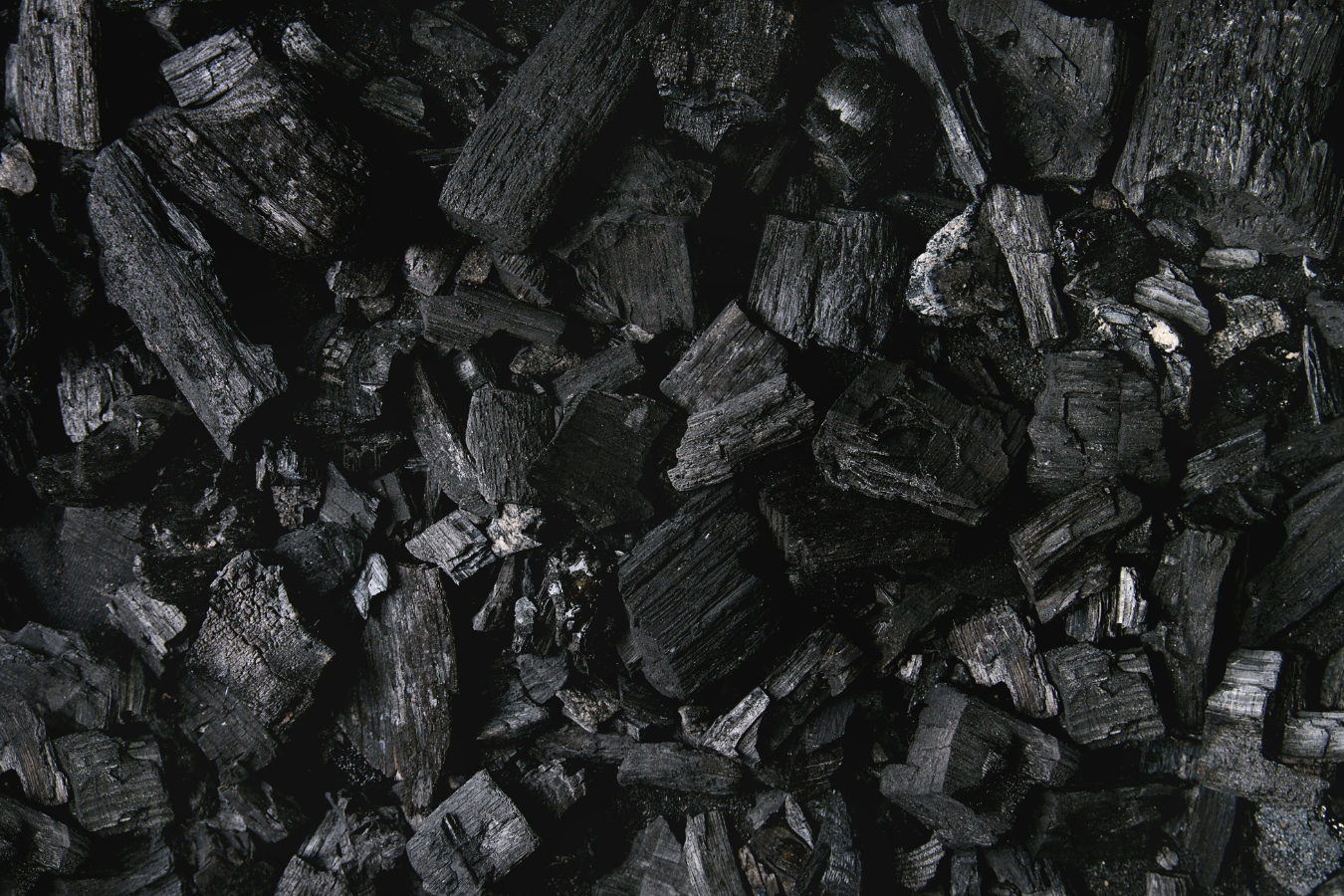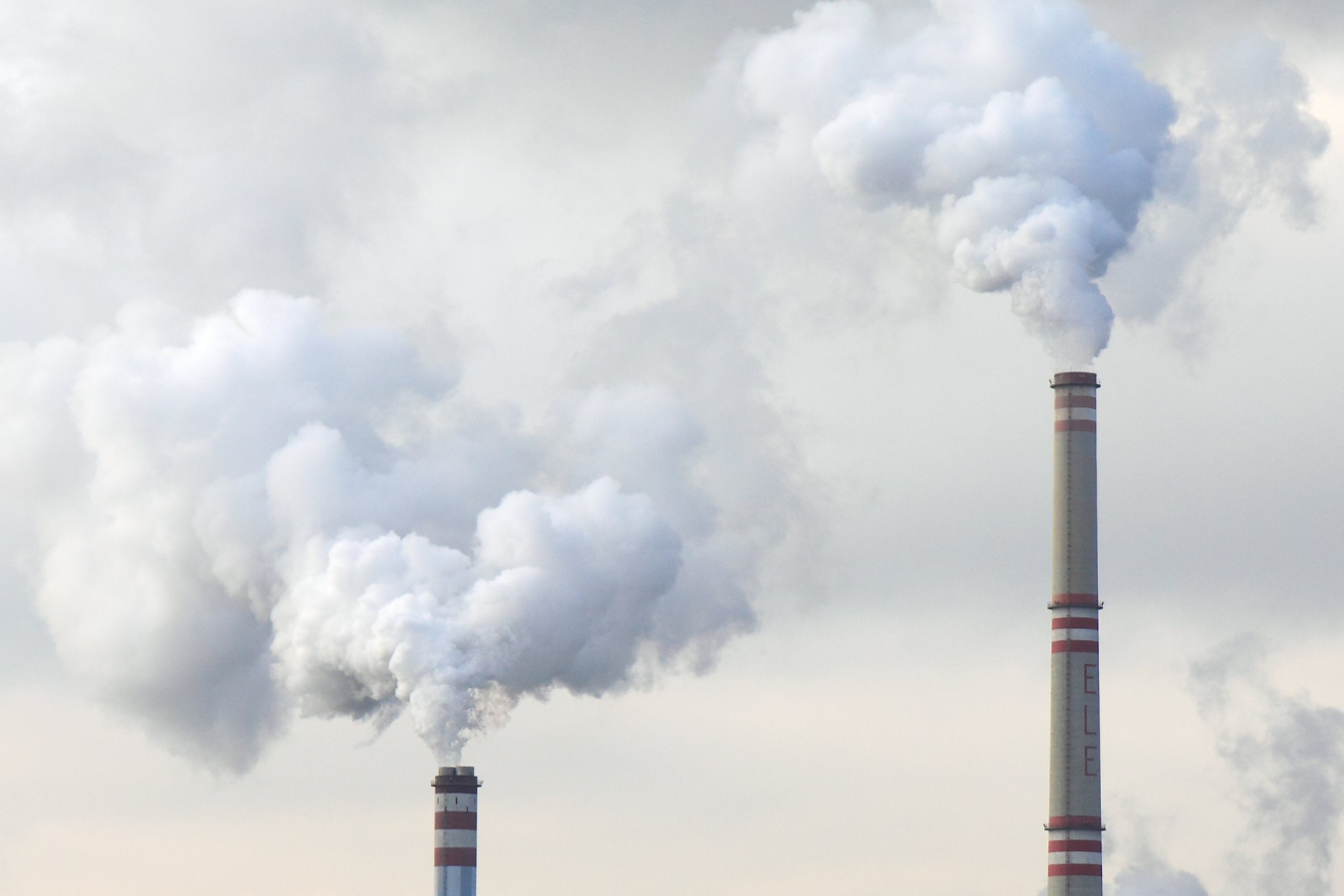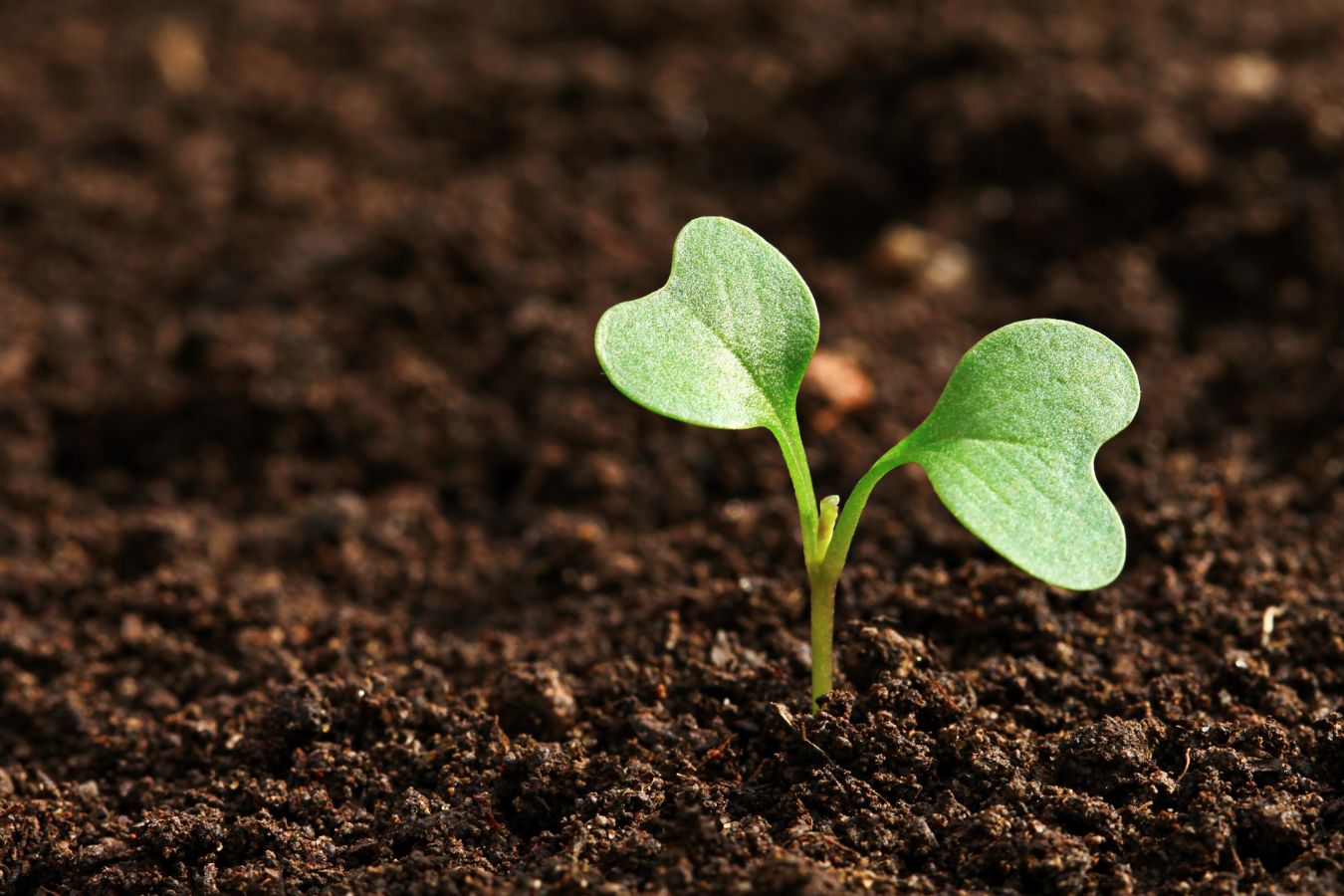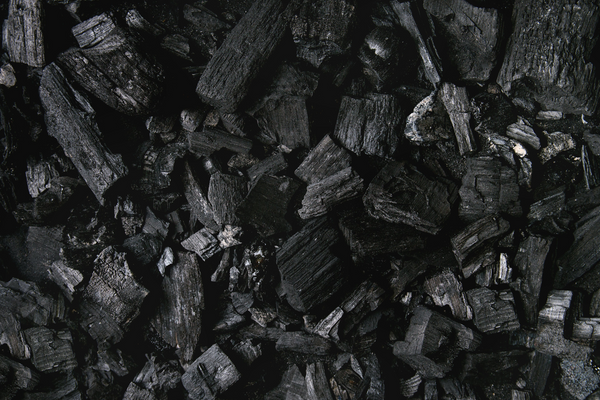What is biochar?

Used for centuries in indigenous farming practices in the Amazon basin, biochar, also known as terra preta, is a type of charcoal that is created by heating organic materials, such as wood or agricultural waste, in the absence of oxygen. This process, known as pyrolysis, breaks down the organic material into a stable form of carbon that can be used for a variety of purposes.
In recent years, biochar has gained attention as a sustainable solution to various environmental and agricultural problems. In this blog we’ll explore the environmental benefits of this amazing substance!

1. Carbon Sequestration
Biochar has the potential to sequester carbon in the soil for hundreds or even thousands of years, helping to mitigate climate change.

2. Soil Improvement
Biochar can improve soil health by increasing soil fertility, water retention, and microbial activity. This can lead to higher crop yields and healthier plants.

2. Waste Management:
Biochar can be produced from a variety of organic waste materials, including crop residues, animal manure, and forestry residues. This helps divert these materials from landfills and reduces greenhouse gas emissions.

3. Energy source
Biochar can be used as a renewable energy source, either directly as a fuel or by gasification to produce syngas.

5. Water filtration
Biochar has been shown to be effective in removing contaminants from water, including heavy metals, organic pollutants, and pathogens.
Biochar has the potential to address many of the environmental and agricultural challenges we face today. By sequestering carbon in the soil, improving soil quality, and providing a sustainable waste management solution, biochar can help fight climate change, increase agricultural productivity, and protect natural resources.
Want to help clear the air but don’t have access to biochar? Click here to plant a tree! Just one tree can help sequester about 22 lbs of CO2 annually, so you can breathe easy knowing you’re doing your part to help fight climate change.
